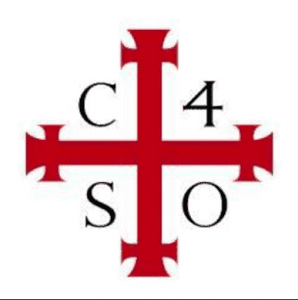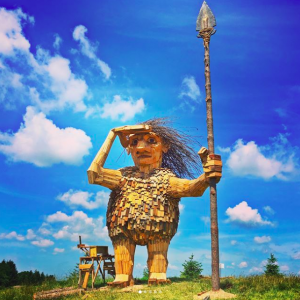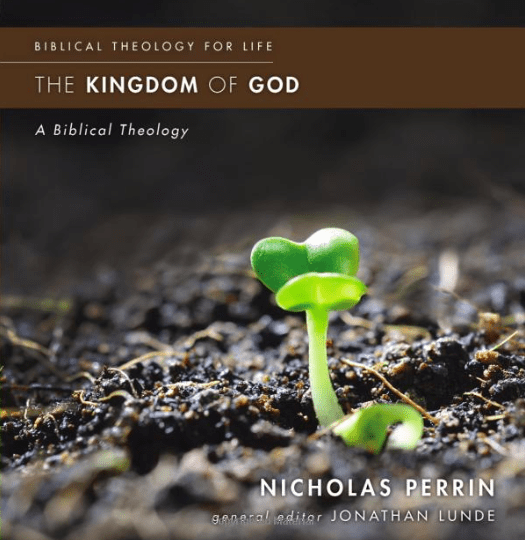 Ross Douthat, a writer for the NYTimes, has a new book out called Bad Religion that gripes about how heretical American Christianity has become, and on that point he’s undoubtedly right. But what strikes me about his opening sketch of what any reader might be tempted to call his “golden years” of American Christianity — namely the post WWII years — is the magnitude of the leaders he discovers in the 1950s: Reinhold Niebuhr, Billy Graham, Fulton Sheen and Martin Luther King Jr..
Ross Douthat, a writer for the NYTimes, has a new book out called Bad Religion that gripes about how heretical American Christianity has become, and on that point he’s undoubtedly right. But what strikes me about his opening sketch of what any reader might be tempted to call his “golden years” of American Christianity — namely the post WWII years — is the magnitude of the leaders he discovers in the 1950s: Reinhold Niebuhr, Billy Graham, Fulton Sheen and Martin Luther King Jr..
If one lines up the major leaders in American Christianity today, and one uses his categories (Protestant liberalism, Evangelicalism, Catholicism, African American Christianity), who would those leaders be today and do they rival the substantive nature of those four? Who is getting to the core of American Christians and culture?
It’s easy to make the 1950s nostalgic, and I was young enough that I never got the pulse myself, and it is easy to see the family as the center of culture and the church on the corner the moral beacon — and thus idealize the time period. Douthat does his best to say he’s not idealizing, but I have my doubts that he will escape the charge, but neither will it ruin the logic or the exceptionally well-written sketches of this book of the church at that time and what it has become. For surely he’s onto something: Christianity has not only lost its moral fiber and its respect but it has also struggled to find leaders who carry respect in the church and in culture at large.
Niebuhr offered to the church a post liberal American version of Karl Barth’s neo-orthodoxy, in which sin was real, and he wanted a cultural vision for America that transcended the Social Gospel of Walter Rauschenbusch. Against utopian visions; he wanted a Reformation vision; rooted in historic liturgy and creeds; the saving life and death of Jesus and not just ethics; and a humility in the face of the mysteries of God. That’s more or less his sketch of neo-orthodoxy, though Niebuhr had some critics who didn’t think he was sound enough.
Billy Graham is known to most of this blog’s readers, and Douthat’s sketch is neither insightful nor penetrating (into Billy’s gospel) but does show his place in history and American religion. And Billy was very American after all. What Billy did was make evangelicalism mainstream enough to regain a measure of respect.
Fulton Sheen — a person perhaps not as well known to our readers, but he was the showman preacher on TV who dazzled and taught and held firmly to traditional Catholic ideas on all topics, yet somehow managed to make Catholicism a supremely American topic and made that faith compatible with the American democratic experiment. The Catholic church of these days was comprehensively insulated and effective.
M.L. King’s sketch is good. King rode a wave from the African American church being both vital but marginalized to the point that it became not only vital but central to the American religious scene. He succeeded in winning over white Christians to his vision. He was in some ways an African American version of neo-orthodoxy. Many white evangelists backed away from King’s more political vision, thinking salvation was private and personal and spiritual and primary.
These are his four major figures: all composed and confident in both their theology and their politics.










